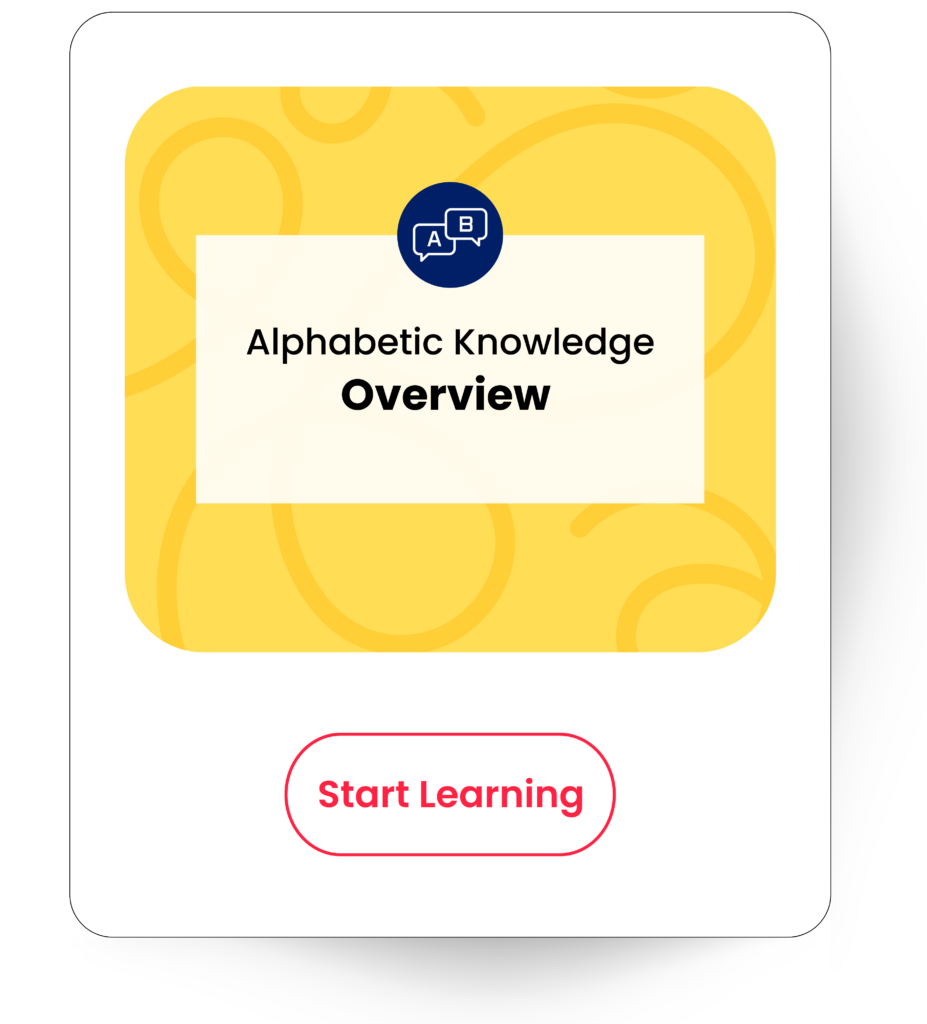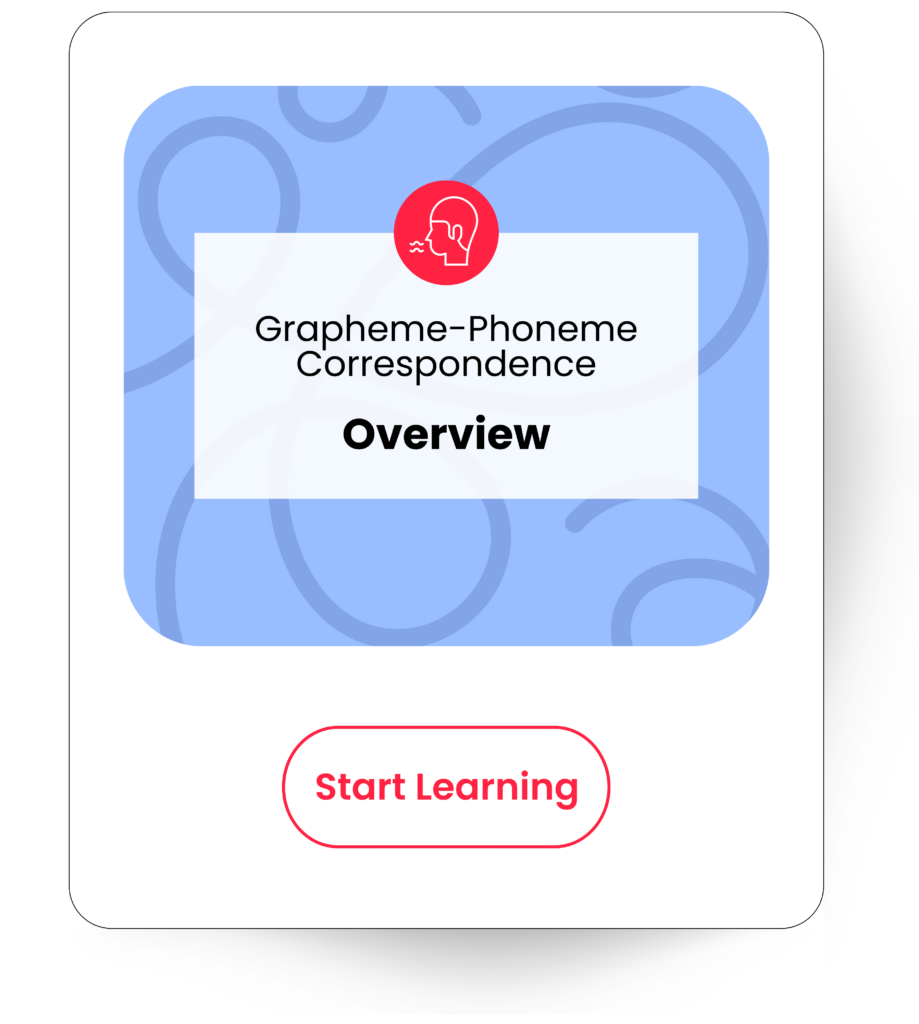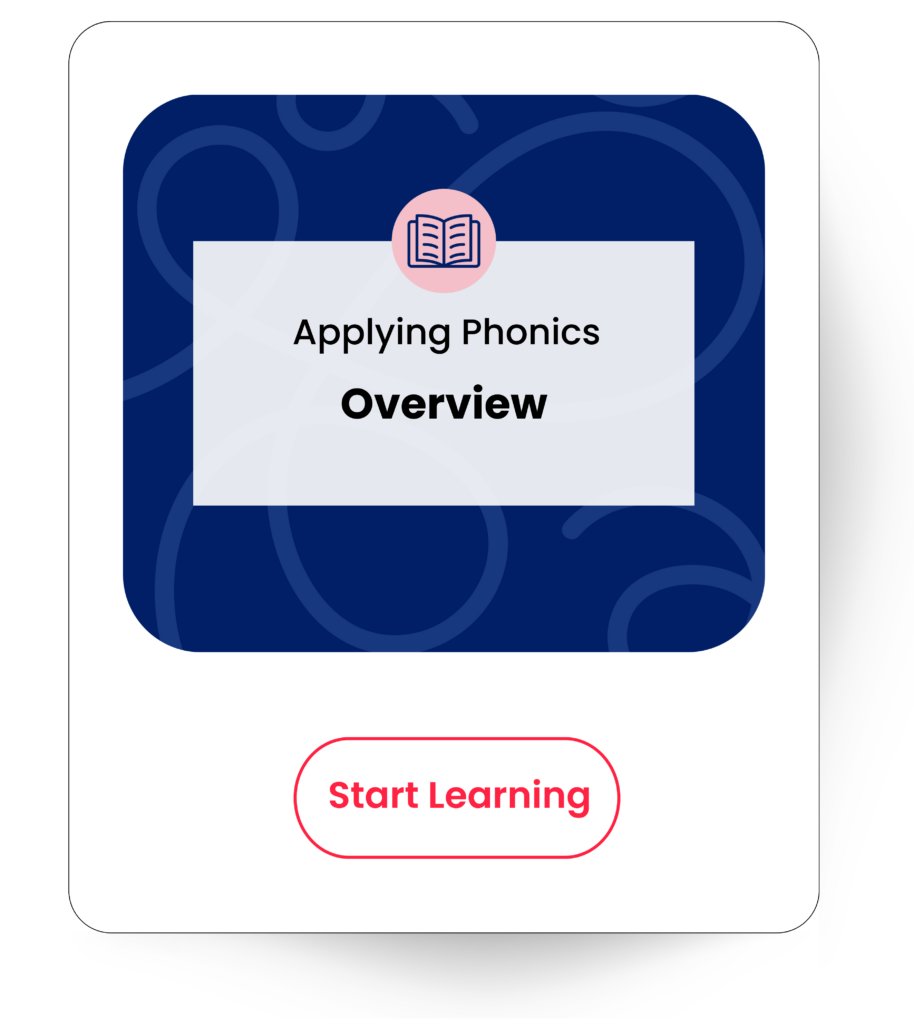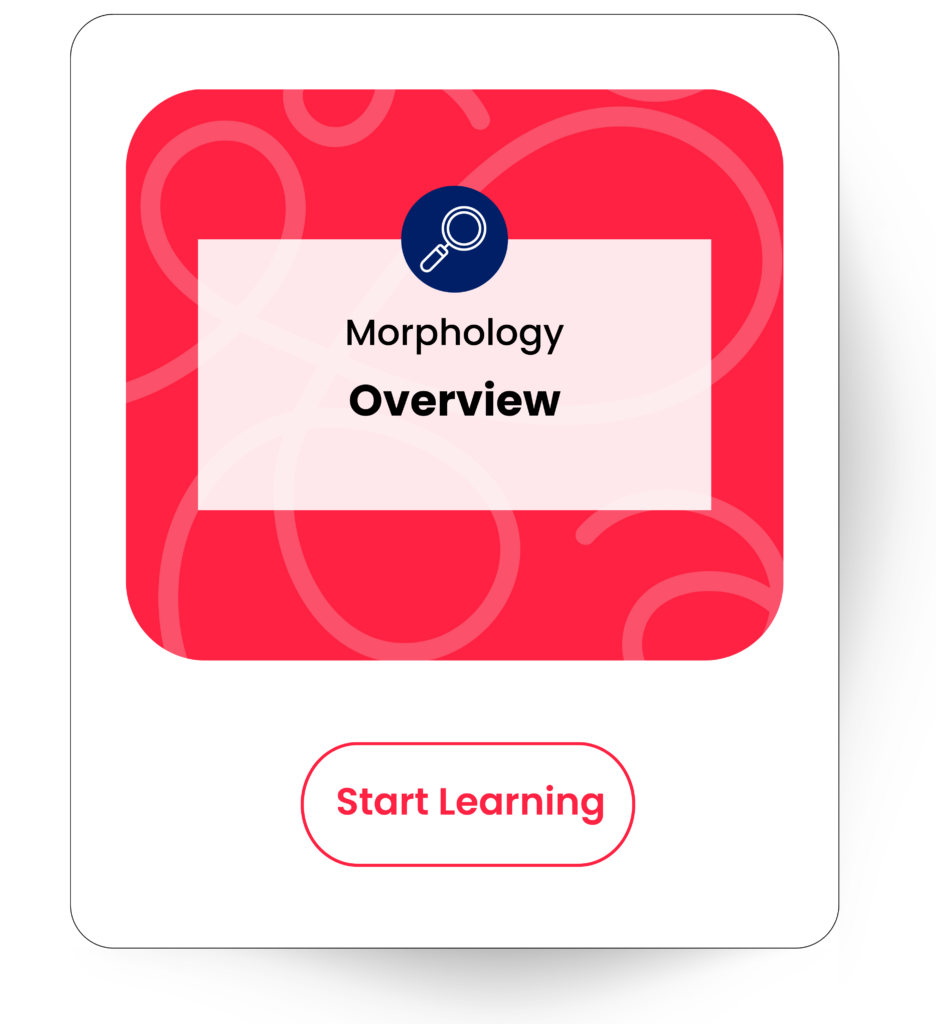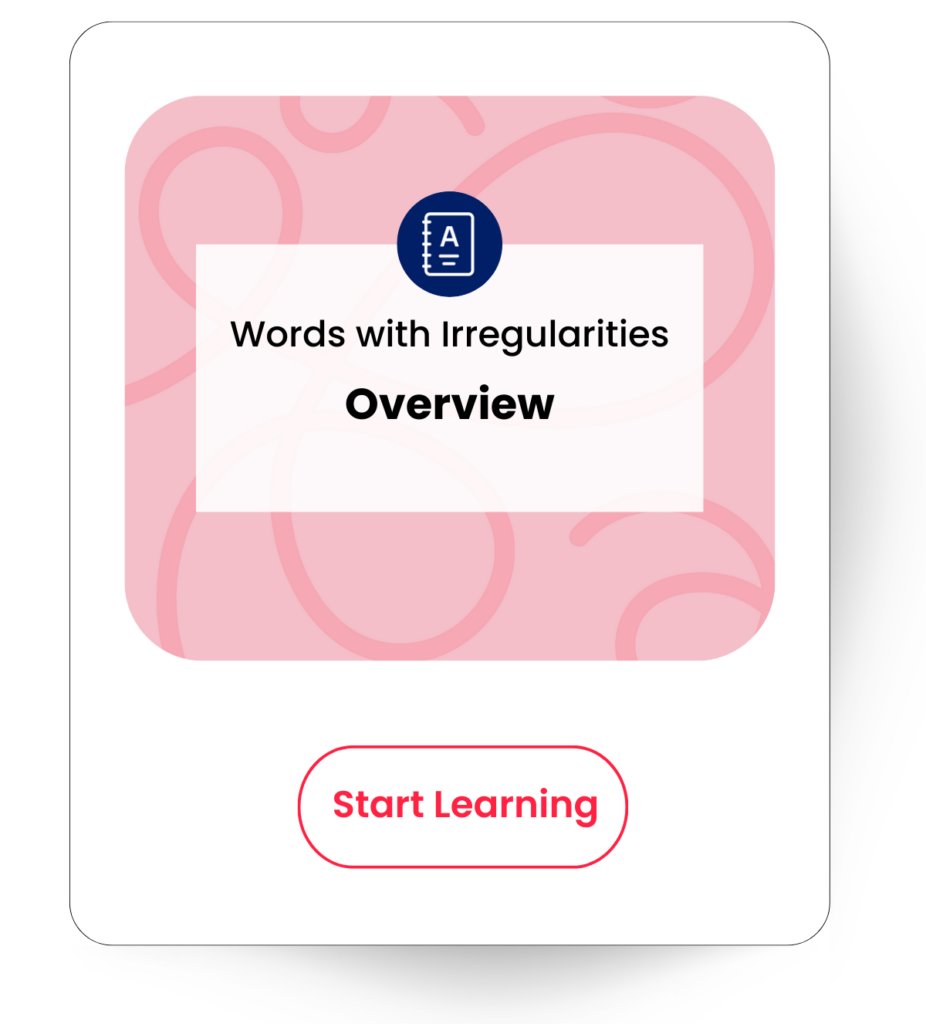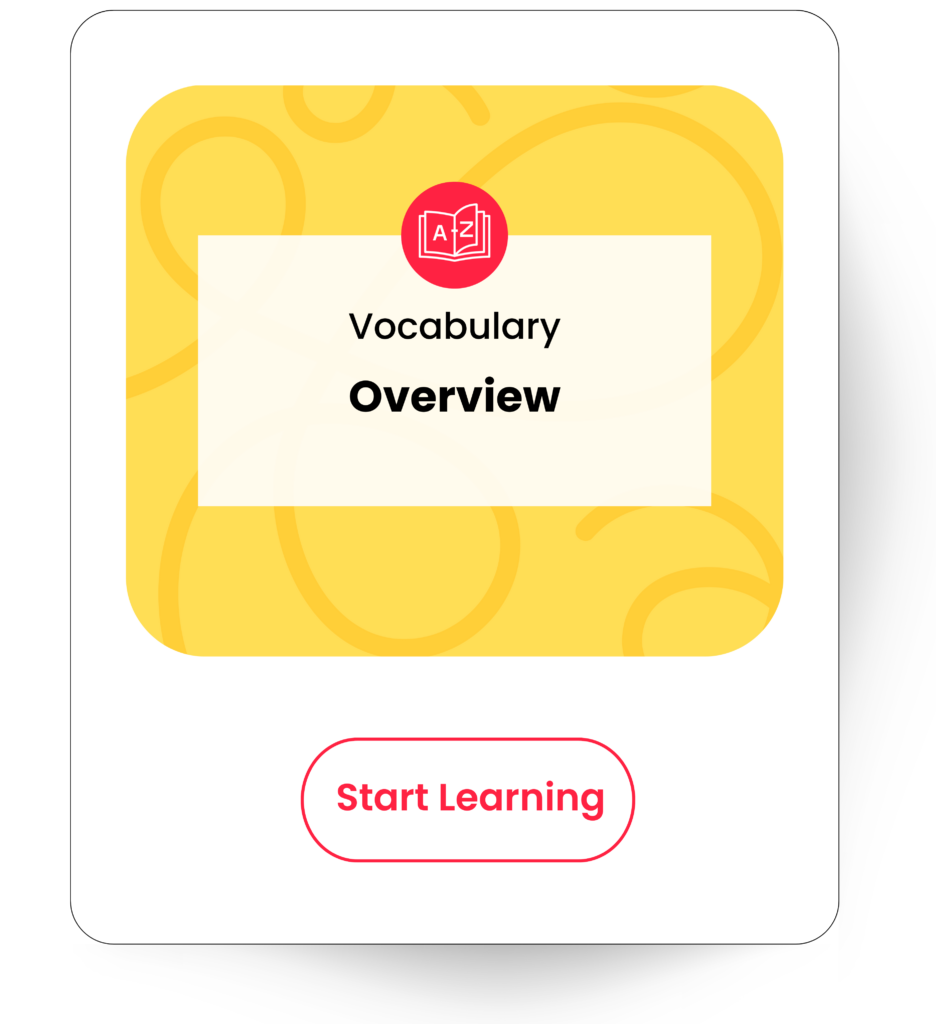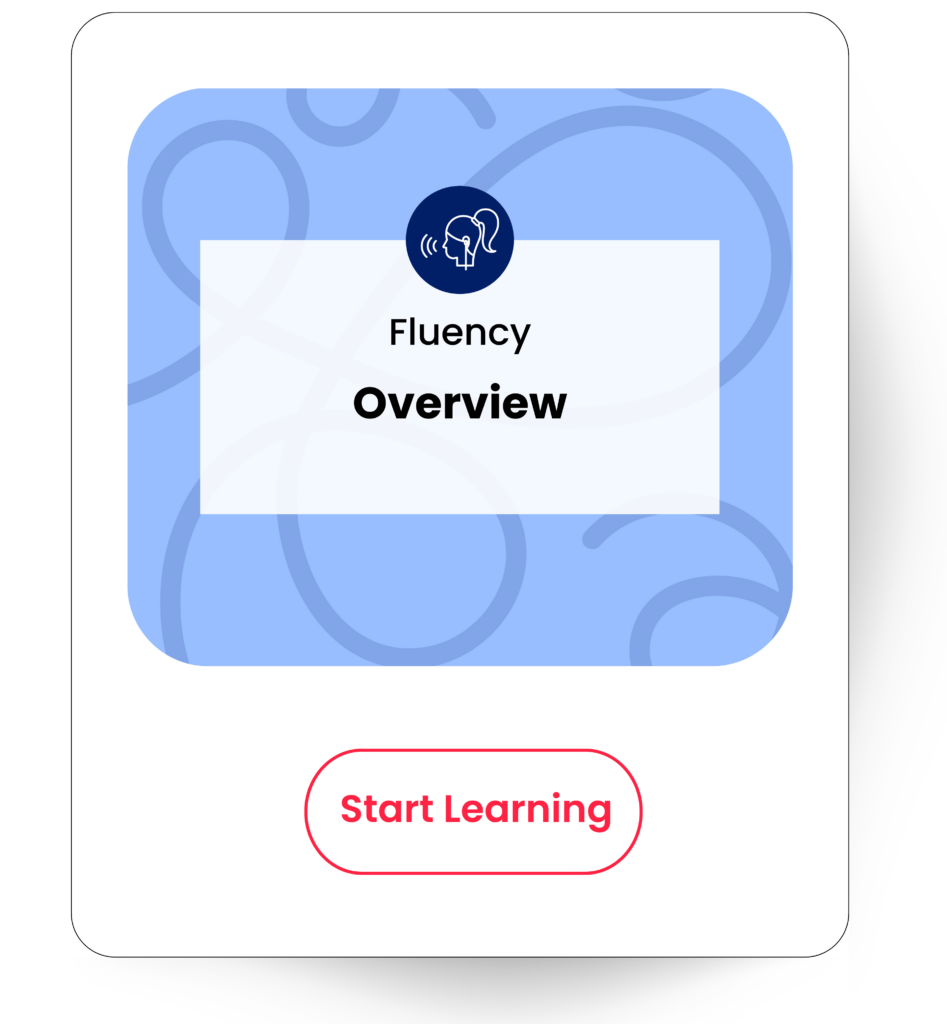Language Foundations Continuum
for Reading and Writing
Grades 1–4: Overall Expectation B2
Topics
Overview
The Language Foundations Continuum “provides clarification on mandatory learning. It describes the progression of fundamental language knowledge and skills relevant to Ontario students and is based on educational research on reading and language development.”
Strong foundational knowledge and skills in both oral and written language are necessary to support more complex skills such as critical thinking and problem solving, and to allow students to be reflective, critical, and independent learners.
Progression through the continuum is driven by assessment data and students’ response to instruction or intervention. It is important to emphasize: students need to establish proficiency with these skills to ensure they realize their right to learn to read.
While specific learning is indicated by grade level in the continuum, it is our collective responsibility to ensure that all children develop a strong foundation. Teaching and learning this knowledge and these skills may be necessary for older students, even well beyond the grade levels indicated in the continuum, to ensure they can meet their full potential.
While the continuum presents a series of foundational language and literacy skills, instruction should be integrated and be taught systematically across the academic year.
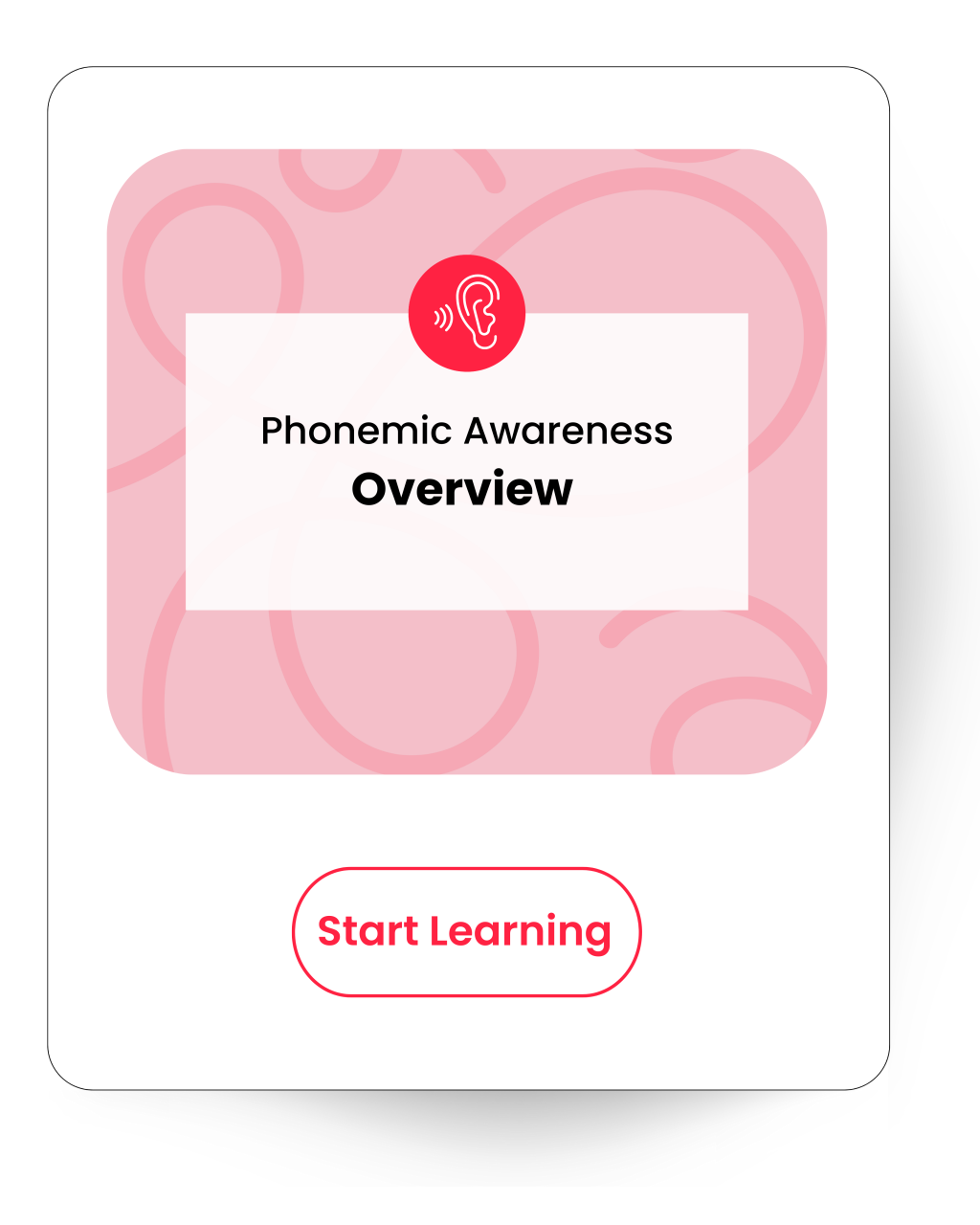
Curriculum Strand: Grade 1 - B2.1
Phonological awareness refers to the ability to reflect on the sound structure of spoken language. Phonemic awareness is a subcomponent of phonological awareness. It refers to the ability to identify and manipulate the smallest unit of sound in spoken words, called phonemes.
Curriculum Strand - Grade 1: B2.2
Alphabetic knowledge refers to knowing letters by name and understanding alphabetic order. Alphabetic knowledge is a robust predictor of future reading success (National Early Literacy Panel, 2002).
Curriculum Strand - Grade 1: B2.3
Grapheme-phoneme correspondence refers to the association between a grapheme (a letter or cluster of letters) and its corresponding phoneme, and vice versa.
Curriculum Strand - Grade 1: B2.4; Grades 2 and 3: B2.1; Grade 4: B2.1
Phonics involves matching the sounds of spoken English with individual letters or groups of letters. Students apply their knowledge of phonics patterns when reading and spelling.
Curriculum Strand - Grade 1: B2.5; Grades 2 and 3: B2.2; Grade 4: B2.1
The English writing system is based not only on sound but also on meaning. Orthographic knowledge refers to the understanding of the English spelling system and its patterns, including grapheme positions and combinations in a word.
Curriculum Strand - Grade 1: B2.5; Grades 2 and 3: B2.2; Grade 4: B2.1
A morpheme is the smallest unit of meaning within words, including prefixes, suffixes, and bases. Morphological knowledge refers to the understanding of how morphemes can be used to form words. All words are made up of one or more morphemes.
Curriculum Strand - Grade 1: B2.6; Grades 2 and 3: B2.2; Grade 4: B2.1
Irregular words contain spellings that are different from the grapheme-phoneme correspondences students may expect. Words like of, was, do, to, what, and they have irregularities. However, irregular words can often be at least partially decoded. Truly irregular words are quite rare!
Curriculum Strand - Grade 1: B2.7; Grades 2 and 3: B2.4; Grade 4: B2.2
The process of developing vocabulary involves acquiring new words and understanding their meanings when reading and listening and writing and speaking. Vocabulary is developed through both explicit instruction of words and implicit learning from working with oral language and written texts in various contexts.
Curriculum Strand - Grade 1: B2.7; Grades 2 and 3: B2.4; Grade 4: B2.2
Fluency is the ability to read text accurately, at an appropriate pace, with expression. It is the bridge between word recognition and comprehension. As decoding is automatized, students increase their ability to read texts fluently, freeing cognitive resources to focus on the meaning of the texts.

